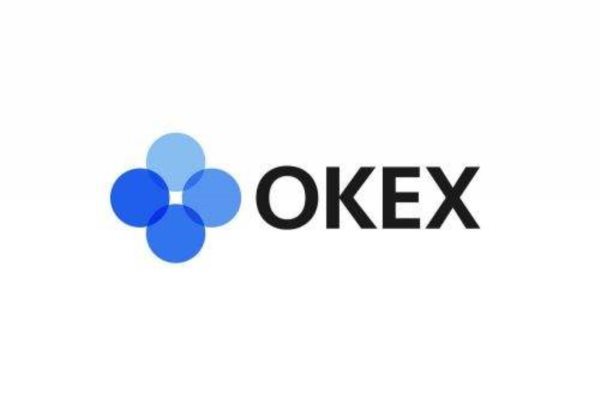时间:2024-03-04|浏览:342

据摩根大通分析,减半后比特币价格将跌至42,000美元。
这并不是唯一流传的类似预测,因为许多人预计会出现修正,而减半可能是发生这种情况的正确时机。
4月减半及摩根大通对比特币价格的分析
2月份比特币价格上涨至6万美元以上,可能也是受减半预期以及新ETF对市场影响的推动。
换句话说,市场可能已经消化了减半及其对价格的影响,因为这是不可避免且可预测的事件。
尽管确切的日期尚不清楚,但已经可以精确且绝对确定地知道它将发生在区块号 840,000 处。
由于剩余区块不足7000个,且大约每10分钟开采一个或稍少,预计减半应该在4月中旬之后发生。
过去,在所有减半发生后,比特币的价格就开始上涨,尽管是在几个月之后。 市场很可能预计这次也会出现类似的动态,而且他们可能已经在定价中了。
然而,减半对比特币价格的影响并不是立竿见影的,因此在减半发生时,可能会发生某种抛售消息。
摩根大通的假设
摩根大通分析师 Nikolaos Panigirtzoglou 为这一推理添加了另一个要素。
事实上,随着减半,比特币矿工的收入将大大减少,因为他们的奖励将减半。 交易费用是他们的其他收入来源,可能不会减少,但金额要低得多。
目前奖励为 6.25 BTC,这些奖励是创建并给予成功验证单个区块的矿工的,但减半后奖励将减少至 3.125 BTC。
相反,费用是可变的,但在此期间,每个区块很少超过 0.5 BTC。 因此,矿工的收入将从每个区块不到 7 BTC 降至略高于 3.5 BTC,几乎减半。
此外,Panigirtzoglou 还假设,由于 BTC 市值的上涨,开采成本也会增加。
采矿成本
矿工必须面对的主要成本分为三类。
最高的绝对成本与电力消耗有关。
另一个重要的成本因素与哈希提取系统的冷却有关。
第三个重要成本项目是购买矿机的费用。
第一个成本与消耗的能源有关,完全与矿工自己做出的自主且完全独立的决策相关。
So in theory they could also decide to cut it, but the less energy is consumed, the fewer hashes are extracted, reducing the chances of earning. The mining is in fact a competition in which the winner is the one who extracts more hashes, so miners do not benefit from extracting less.
The second cost is related to the first one, because the less energy is consumed, the less heat needs to be disposed of.
The third voice is decisive at the time of halving. In fact, as the income inevitably decreases, miners will be forced to cut costs, and they will simply do so by turning off the less efficient machines – those that extract fewer hashes with the same amount of energy consumed.
Turning off the machines, however, makes them less competitive, so it will be convenient for them to replace the old inefficient machines with new very efficient machines that, however, have a significant cost.
So although in reality overall costs should decrease, they should increase in proportion to revenues, since these will almost halve.
JPMorgan’s prediction on the price of Bitcoin after the halving
Panigirtzoglou argues that the cost of mining BTC has empirically acted over time as a lower limit for the market price of Bitcoin.
Use the term “empirically” correctly because there is actually no direct link between the average cost of extracting 1 BTC and its market value.
Simply, it may not be convenient for miners to sell BTC at a lower price than their extraction cost, but it could be convenient for everyone else.
It should not be forgotten that currently all miners collectively extract about 900 BTC per day, while for example the Grayscale ETF alone has sold about 3,000 per day in recent days.
However, the sales of miners, which are constant, influence the price of Bitcoin in the medium/long term, just as they did after all three previous halvings, although months after their occurrence.
According to Panigirtzoglou, currently the average extraction cost of one BTC would be around $26,500, which is also the amount around which the price of Bitcoin has fluctuated for much of 2023. After the halving, this figure should double, according to the JPMorgan analyst, rising to $53,000.
But Panigirtzoglou adds that, once the euphoria about Bitcoin has subsided, after the April halving, they estimate that the price of BTC could also drop to $42,000.
This reasoning seems to make sense, provided that before the halving the price of Bitcoin does not skyrocket further.
That is, a 30% drop in the value of the BTC price after the halving would be normal, but if in the meantime it had risen to $70,000, or even $80,000 as some speculate, a 30% decline could bring it down to just $50,000 or $55,000.
Therefore, it will not only count the impact of the possible sell the news and the dissipation of the current euphoria, because these two factors combined could lead to a 30% drop.
It will also depend on the price level from which this retracement will start, because there is still almost a month and a half left until the halving, during which the price could theoretically rise even further.
It should be noted, however, that there is nothing preventing the price of BTC from retracing by a percentage even higher than 30%, as happened for example in May 2021.


![[交易员阿辉]摩根大通:加密货币反弹不太可能持续,特朗普若担任总统将使比特币和黄金受益](/img/btc/42.jpeg)





![[马尔科姆]投资者困境与高风险押注 摩根大通败坏50,000,000美元财富](/img/btc/75.jpeg)
